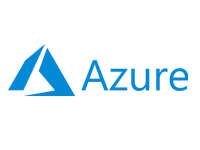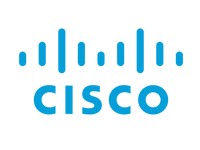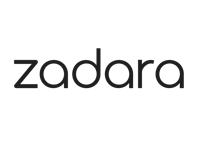How IT Consultants Can Build Sky Computing Services for Their Clients

In a world dominated by multiple cloud vendors—AWS, Azure, Google Cloud, and
others—organizations increasingly face the challenge of managing fragmented
infrastructure, duplicated services, and high operational costs. This complexity creates
a tremendous opportunity for IT consultants: helping clients unify their hybrid and
multi-cloud systems through Sky Computing.
Sky Computing is more than a new buzzword. It’s an architectural shift that places a
unifying Sky Layer above traditional cloud infrastructures, enabling applications and
services to run seamlessly across multiple providers without being locked into any
single vendor. For IT consultants, this means delivering next-generation flexibility,
cost-efficiency, and independence to clients—while establishing themselves as strategic
partners in digital transformation.
Understand the Sky Computing Concept
At its core, Sky Computing decouples workloads from underlying cloud vendors.
Instead of reconfiguring or rewriting code for each environment, consultants build a
Sky Layer that proxies and manages interactions between applications and the
underlying AWS, Azure, or on-premises infrastructure.
This Sky Layer serves as the control plane, orchestrating compute, storage, and
networking across environments. It allows consultants to deliver:
-
A single operational interface for all client environments
-
Vendor-agnostic service deployment without code modifications
-
Simplified security and compliance management across clouds
Identify Suitable Clients and Use Cases
Sky Computing is ideal for clients who:
-
Are locked into expensive or restrictive cloud ecosystems
-
Operate both on-premise and cloud infrastructures
-
Require hybrid or multi-cloud integration for compliance or performance
reasons
-
Want to reduce costs or improve operational transparency
For instance, engineering firms using different clouds for CAD workloads, or
manufacturers collecting global IoT data from multiple regions, benefit immensely
from a Sky Architecture that unifies services and data streams.
Build the Sky Zone – The Foundation Layer
Consultants begin by creating a Sky Zone, which establishes the Sky Computing Layer
within the client’s existing infrastructure. This involves:
-
Deploying Sky Nodes on AWS, Azure, or on-prem environments
-
Preparing applications and workloads to be proxied through the Sky Layer
-
Ensuring secure interconnectivity between cloud and on-prem services
The Sky Zone acts as the starting point for unifying workloads, allowing consultants
to bring various services together without disrupting existing systems.
Analyze and Migrate Common Processes
Once the Sky Zone is established, the next step is analyzing which services or
processes can move to the Sky Layer. These are typically common components such as:
-
Authentication and identity management
-
File storage or shared data services
-
Compute instances and containerized workloads
By consolidating these processes in the Sky Layer, consultants can simplify
management and drastically reduce redundancy across the client’s cloud ecosystem.
Complete the Sky Integration
In the final step, consultants unify all common processes in the Sky Layer, leaving
only unique or unmovable services as proxied entities. At this point, the client’s
environment is fully Sky-Ready—capable of operating seamlessly across clouds or
adding new vendors without architectural changes.
This approach transforms the consultant’s value proposition. Instead of merely
managing cloud services, they enable true Sky Computing—a flexible, vendor-neutral
computing model built for the future.
Benefits for Consultants and Clients
For Clients:
-
Unified management of hybrid and multi-cloud environments
-
Lower operational and licensing costs
-
Elimination of vendor lock-in
-
Enhanced resilience and scalability
For Consultants:
-
New recurring revenue opportunities through managed Sky services
-
Strategic positioning as an innovation enabler
-
Ability to deliver faster, vendor-independent solutions
The xcware Advantage
The xcware Universal Computing Platform was built precisely for this
purpose—empowering IT consultants to design, deploy, and manage Sky Computing
environments with minimal complexity. With xcware, consultants can:
-
Create Sky Zones across AWS, Azure, and on-prem systems
-
Manage Instances-vm, Instances-cn, or Instances-xvm
-
Deliver unified desktop and application access via Vista Sessions
-
Scale seamlessly as clients grow their operations
By adopting xcware’s Sky Computing approach, IT consultants can elevate their
service portfolio, future-proof their clients’ infrastructure, and become true cloud
innovators.
Final Thoughts
As the cloud industry continues to evolve, Sky Computing represents the next logical
step—turning fragmented cloud environments into a single, cohesive system. For IT
consultants, the opportunity is clear: build Sky Computing services that redefine
flexibility, efficiency, and control for your clients.
Sky Computing isn’t the future of cloud—it’s the bridge to it.
xcware Strategic Partners





 Follow
us
Follow
us